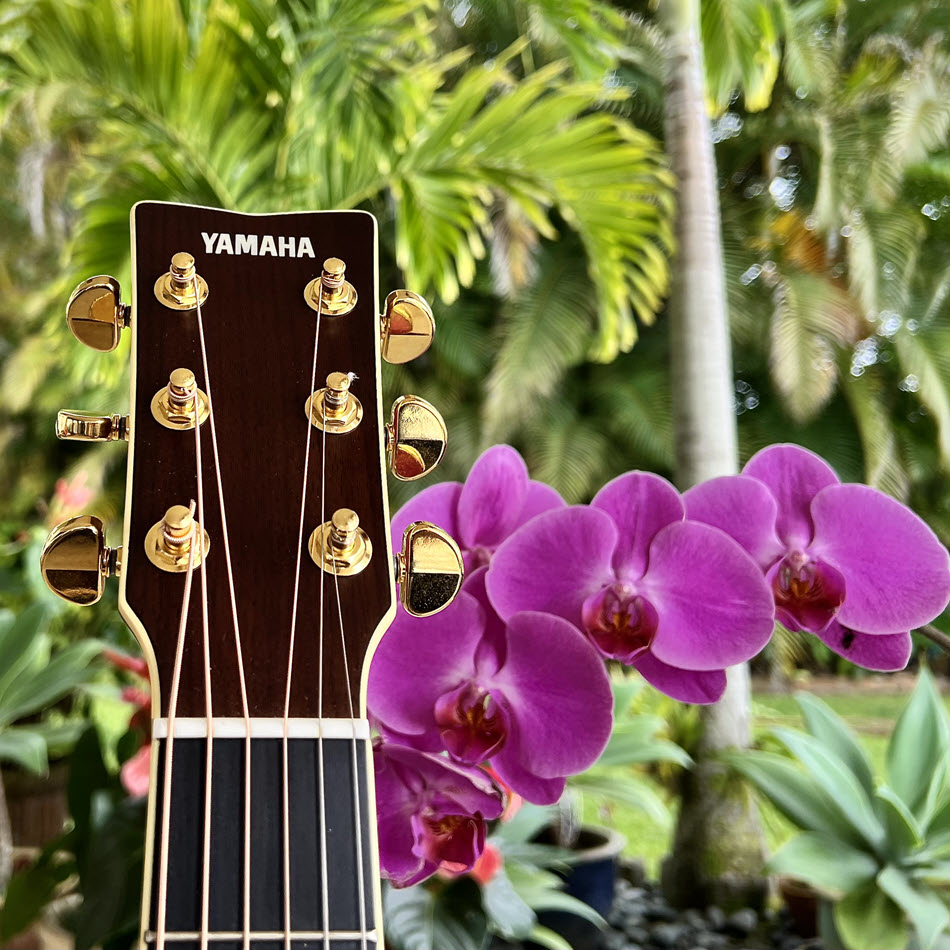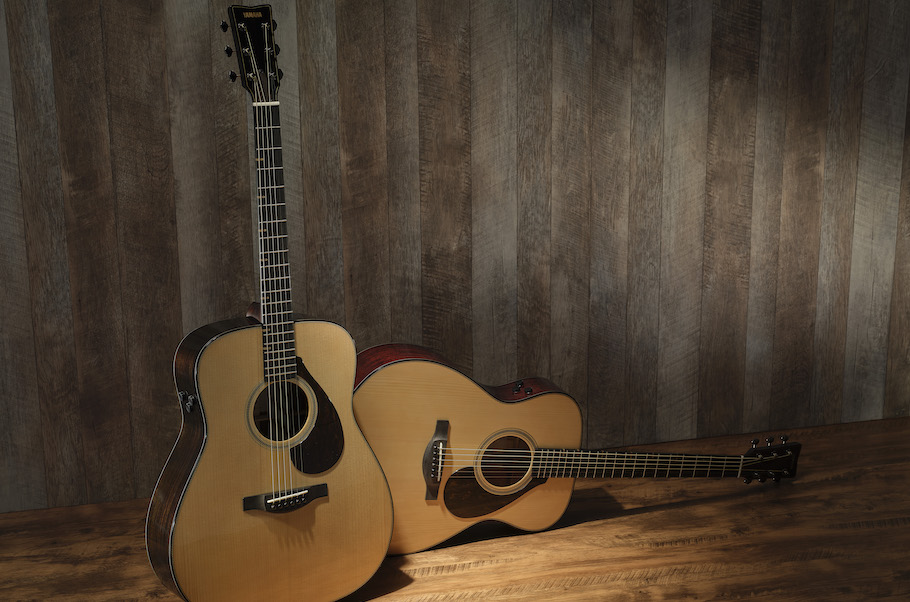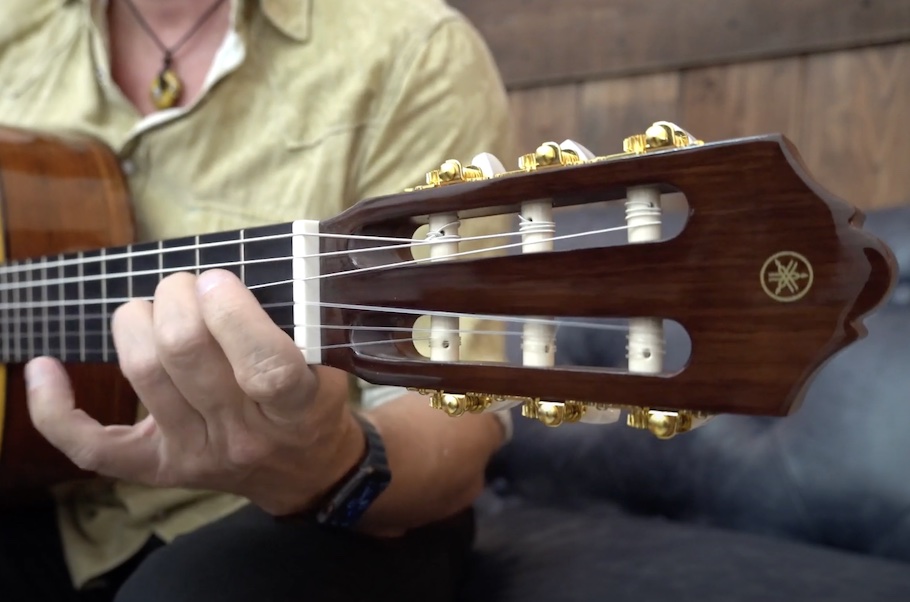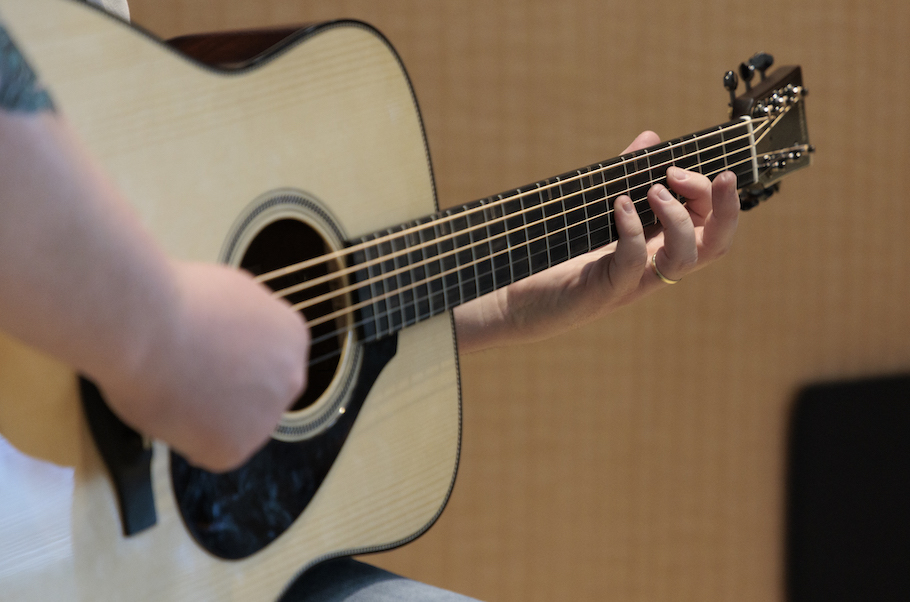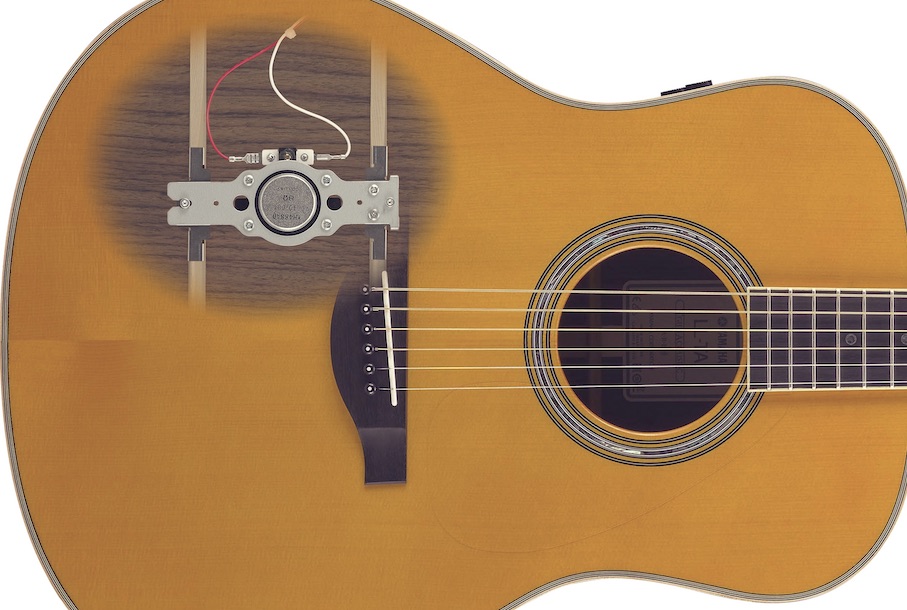Ambient Inspiration
Changing your practice location allows the notes you play to expand beyond the same four walls.
In my last two postings I talked about the fact that literally everything on this planet has a resonant frequency — a vibrational pitch that our senses can sometimes detect, and sometimes not. We can hear resonance within a certain frequency range, which we measure in Hertz (Hz), while our eyes can detect it within a certain range of color, which we measure in THz (TeraHertz).
I would argue, however, that even the vibrations we cannot detect with our five senses may nonetheless resonate throughout our body, and as a result, have a profound effect on us.
The Impact of Environment
The human voice and musical instruments produce frequencies within the audible range. These are notes that we can feel and hear as musical content. But what happens when we introduce those tones to the open space around us? Will the environment in which we produce and listen to music have a noticeable effect on how we perceive it?

When a sound is introduced into a room, for example, it will travel through the air until it meets with a solid substrate, like a wall, floor or ceiling. The signal will then bounce off that surface, creating reverberations, which are reflections of the original sound. Taken together, this is the ambient sound added to the original signal, and the type and degree of ambience depends upon factors such as the room dimensions and surface materials. In music production, the word “reverb” is used to describe this kind of ambience.
Digital simulations of reverbs have been used for decades in both live performance and recording to create artificial replications of environments such as generic rooms, halls, chambers, cathedrals, etc. There are also usually controls that enable you to make virtual alterations to the dimensions — and even sometimes to the virtual materials — in that space. This amazing technology allows us to capture the sound of an instrument or vocal in one environment and make it sound as if it had occurred in a completely different space. Imagine having the option of recording your acoustic guitar in Salisbury Cathedral or on stage at the Royal Albert Hall. Using devices such as the Line 6 Helix and HX Stomp, these days we can do just that … without the expense of traveling or other logistical challenges.
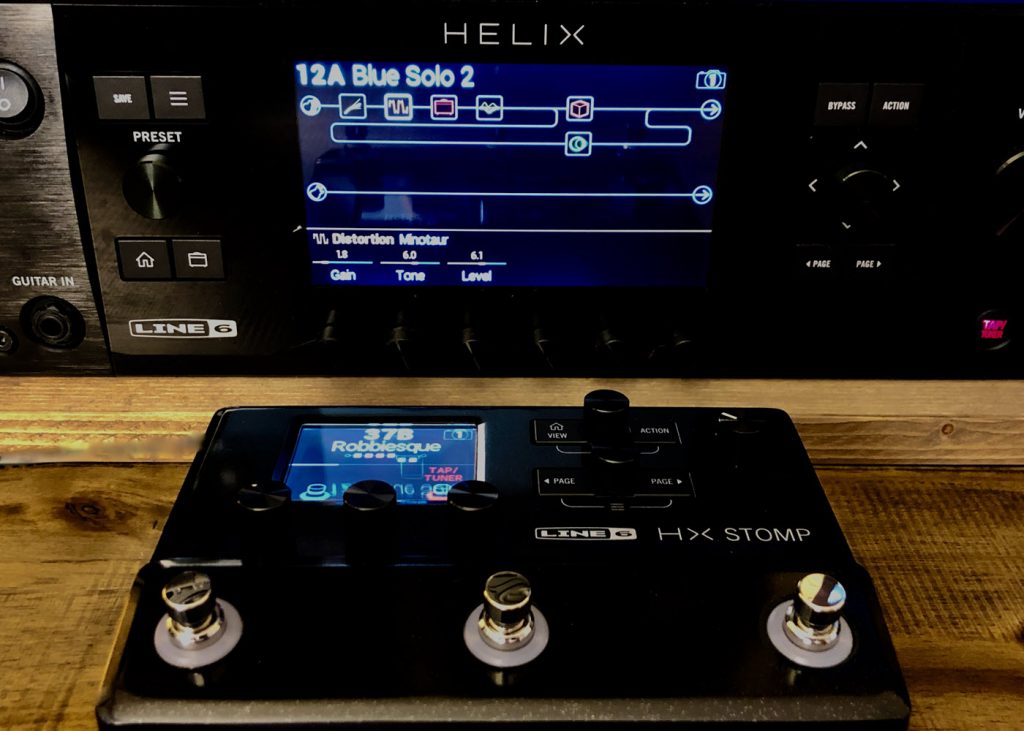
Producers and mix engineers use time-based effects like reverb and delay to place instruments within the soundstage, thus enhancing our listening experience and adding dimension to the songs we listen to. Instruments with less ambience will sound more present and “in your face,” while those with more ambient effect added will appear to sit further back in the mix.
Change Your Location
I believe our perception of a sound and the tone it produces can also aid the creative process and our learning experience. Guitar players often ask me for advice on overcoming writer’s block, or about how to maintain a consistent level of progress as a musician. The first suggestion I make is to have them practice in new locations around their house or apartment. Simply taking your instrument into alternate ambient spaces will often be the catalyst and spark for fresh ideas.
When I get a new commission to write for a music video, I take my guitar outside, to the back porch or the park … anywhere other than my studio chair and recording setup. I find that new locations bring new ideas. The unfamiliar surroundings and ambient reflections they impart can even make your standard repertoire resonate in a whole new way.
Of course, most of us have a specific area in the house where we usually sit down to practice, write or record music. Unfortunately, that means there isn’t room for new energy to flow or fresh ambient stimulation to come from the environment around us. Try sitting at the kitchen table or on the edge of the bathtub instead the next time you practice and you’ll find new ideas literally fall into your lap!
In addition, new pedals and effects often add that extra sparkle we’ve been looking for. This is the artificial version of creating new environments and may be equally valid as a physical relocation for sensory (or extra-sensory) input.
The TransAcoustic Experience
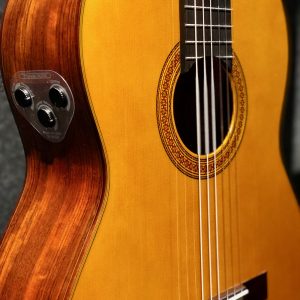
The Yamaha TransAcoustic line of acoustic guitars feature built-in reverb and chorus. However, unlike other guitars with onboard effects, these instruments don’t need to be plugged into an amp to experience the rich dimension those effects add to the sound. Simply hold down the volume control for a few seconds and then dial in the amount of effects you’d like to add to the acoustic tone.
Having the ability to create a variety of ambient spaces within the guitar itself and have them resonate through the sound hole into your location of choice is invaluable. Songwriters love the depth of field these guitars create to support their lyric and melodies, and performers appreciate the versatility and ease in which they have full control over their ambient sound.
TransAcoustic (TA) guitars are available in a variety body shapes and sizes to suit every player. New to the line for 2019 are the parlor CSF-TA (which you’ve seen me play in previous postings) and the CG-TA nylon string classical guitar. To promote the new TA additions, Yamaha asked me to compose a music score to drive the visual aspect of the promotional video and also demonstrate the tonal qualities of each instrument.
The Video
Here’s the promo video, which was used to launch the CG-TA and CSF-TA guitars at the 2019 NAMM show:
And here’s the original music file to compare it with so you can hear how the layers were superimposed into the video shoot. No outboard processors were used; all the effects you hear were produced by the TransAcoustic guitars:
The Wrap-Up
It’s my contention that every resonant frequency is also affected by the ambient space in which it resides. If you feel that your creativity is stagnating or your thoughts are becoming dull and unimaginative, open up your thought processes so that new ideas can reflect and reverberate within your mind. Change your practice location on a regular basis to allow the notes you play to expand beyond the same four walls and you’ll find that each tone, chord and song will take on a whole new expressive dimension.
Photographs courtesy of the author.
Audio copyright Robbie Calvo – TransAcoustic Music For Yamaha Guitars.
Check out Robbie’s other postings.
Click here for more information about Yamaha TransAcoustic guitars.










